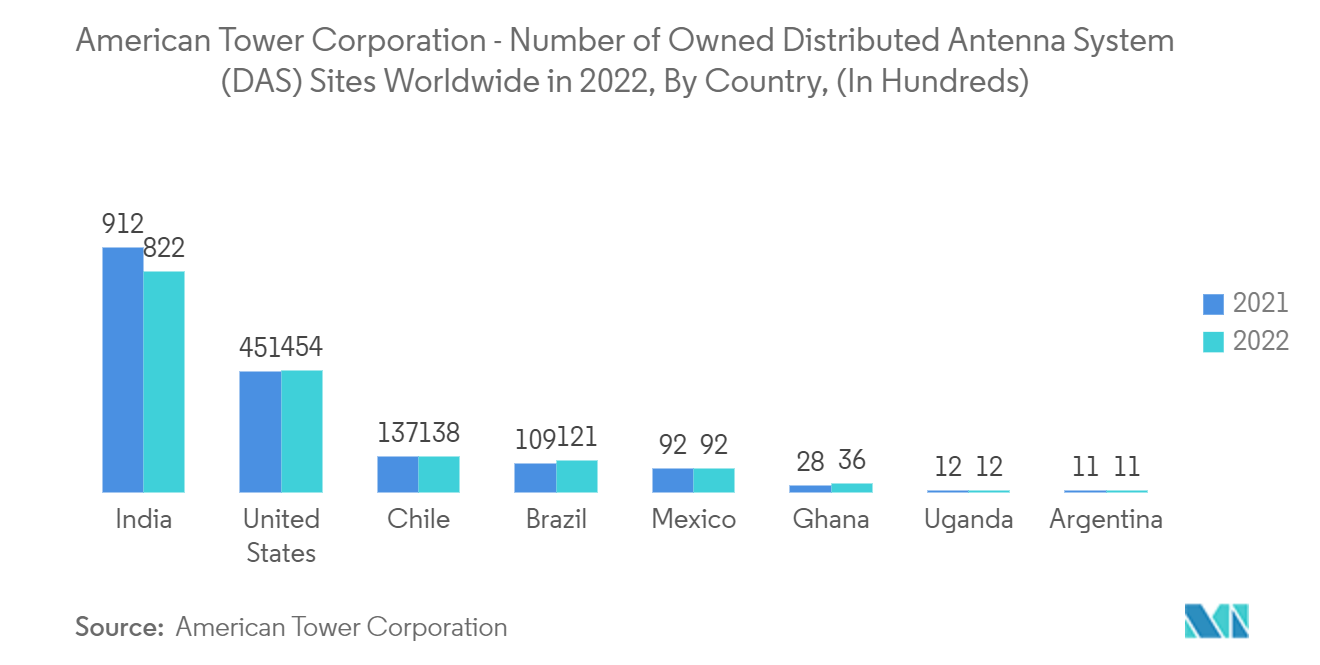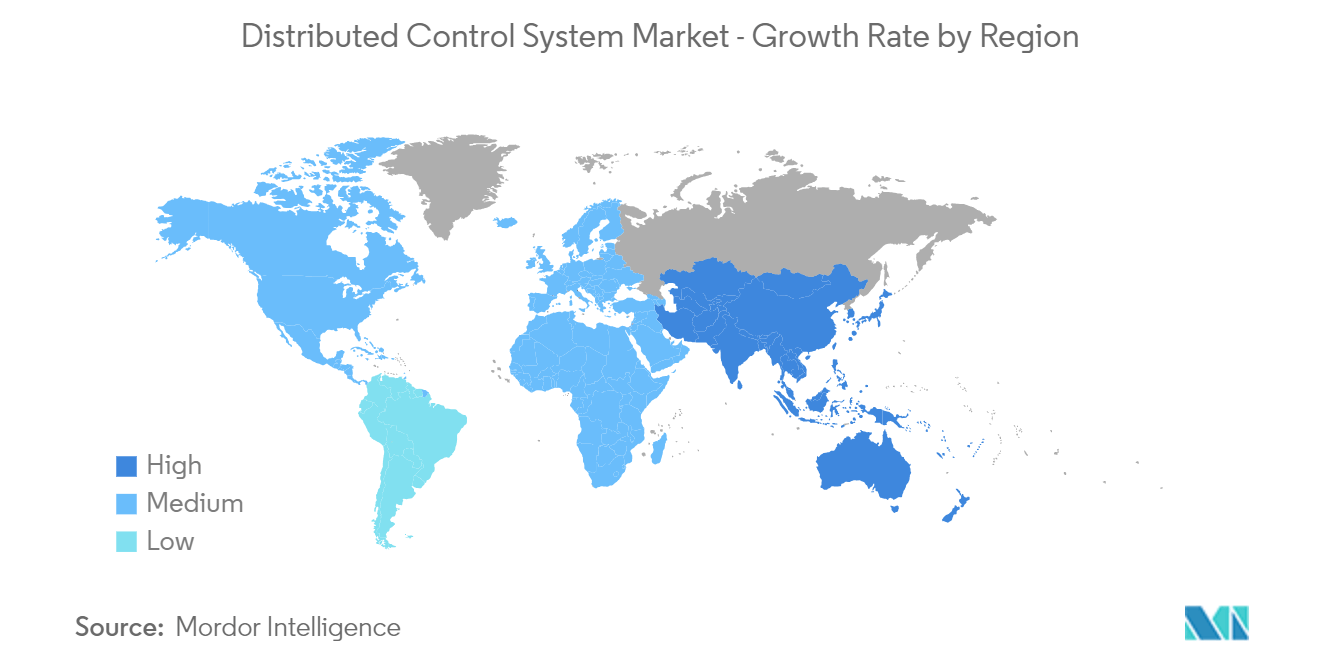Market Trends of Distributed Control Systems Industry
Services Constitute a Considerable Market Share
The services market in the DCS industry is the most intriguing of all the revenue stakeholders among the other components included in the report's scope. Due to its widespread applicability in maintenance, installation, alarm management, upgrade services, plant asset management, lifecycle services, consulting services, migration services, simulation, and training services, the service segment is also expanding demand for DCS. As a result, rising energy demand and considerable technological advancements will drive demand for the services segment, among others, during the projection period.
Moreover, the top market suppliers continue to emphasize expanding capabilities for projects and operations and maintenance services for continuous market expansion. The different components in the scope of services covered in the market report include project management services, non-contract maintenance, retrofits, and upgrades.
Due to an enormous increase in the number of distributed antenna systems service providers in the industry, the services market, which currently holds a significant part of the DCS market, is anticipated to develop at the fastest rate over the projection period.
With the rising awareness, industry players are focusing on deploying and executing IIoT strategies to enhance the DCS network services. The relationship has changed because sensors and edge devices are far more capable, with some processing and communications abilities similar to a PC. Instead of acting in a passive listen-and-respond role, each device can perform more as a peer.
In addition, the main automation contractor (MAC) concept is increasingly becoming important in project services, where the supplier is responsible for all automation-related systems of the project.
The trend is growing in the majority of the large DCS projects. The services market encapsulates entities from the bottom of the pyramid, i.e., the spare parts and repairs, which prove to be helpful in system productivity, cost curtailment, and extension of the product life cycle and systems by reducing the uptime of production units, thus, efficiently delivering operational excellence.

North America Holds Significant Market Share
The rapidly growing shale gas industry in North America is expected to be a major driver of the Distributed Control Systems market in the region.
According to the Department of Energy, in the United States, The shale gas percentage is expected to reach nearly 45% by 2035, which is likely to result in a parallel growth of the tightly integrated DCS market, which provides sustainability of the process through redundant controls in high-risk environments.
In addition, this market is currently challenged by reducing oil prices globally but can be relied upon to be a sizeable industry in the future. The requirement for a large amount of water in Shale gas extraction has created a market for DCS systems in water treatment facilities, resulting in a significant rise in the overall market.
Moreover, the chemicals sector in North America is benefiting from improved dependability, simplified remote monitoring, and lower installation costs. Additionally, several businesses in the chemicals sector are switching from outdated DCS systems to more advanced ones to improve production, efficiency, and safety and decrease human error.
The oil and gas industry in North America is process-driven, with ongoing operations and intricate monitoring methods. It is challenging for operators to keep an eye on and regulate the operation of the machinery used in the sector. Many North American businesses are implementing the usage of an HMI and a controller, or DCS, which enables operators to manage operations. These systems automate safety procedures, including alarm management systems, and perform equipment maintenance and repair tasks.
Distributed control systems have proven vital in managing nuclear power plants, further helping their market in the United States and continuously increasing its nuclear power plant capacity and numbers.


